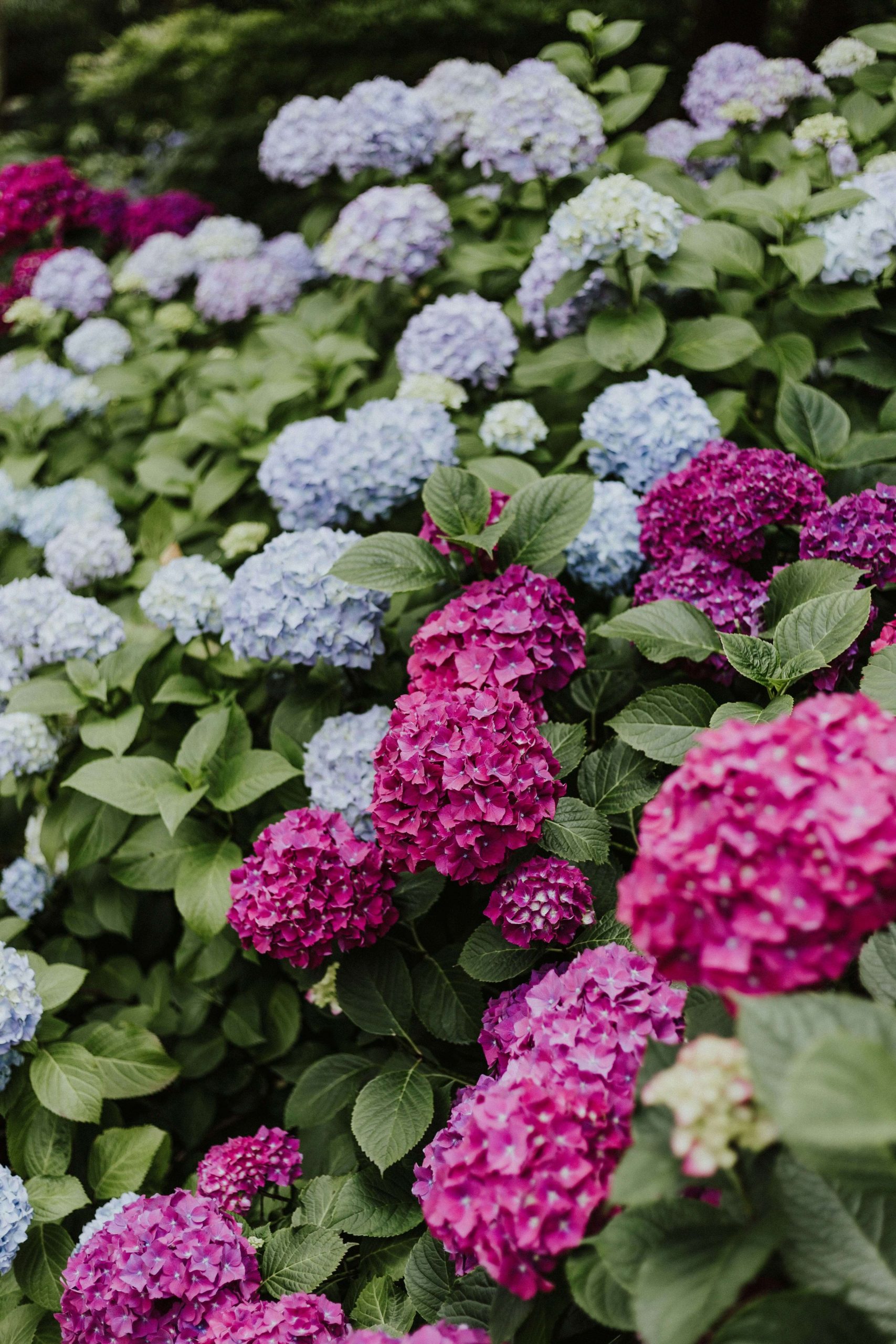There’s something undeniably romantic about a hydrangea in full bloom – those generous, pastel-hued clusters that light up gardens and patios alike.
Whether they’re lining a front walkway, filling a shady corner, or softening a patio in pots, hydrangeas never fail to impress. But to keep them looking lush and flowering beautifully year after year, it all starts beneath the surface – with the right soil.
Read more: How to propagate hydrangeas from cuttings
Here’s how to create the perfect soil mix so your hydrangeas thrive well beyond their first season.
The soil sweet spot
Hydrangeas love soil that feels like a damp sponge – moist but never soggy. They prefer rich, well-draining ground with plenty of organic matter. In simple terms, this means soil that holds water just long enough for the roots to drink before it drains away.
A slightly acidic pH (around 6 to 6.5) tends to suit most hydrangeas. But if you’re hoping for blue blooms, you’ll need to nudge the pH a little lower (around 5.5 to 6). Pink lovers, on the other hand, can aim for a more neutral pH – hydrangeas change colour depending on how acidic or alkaline the soil is.
For in-ground hydrangeas
When planting directly in your garden, loosen the soil deeply so roots can spread easily. Blend in generous amounts of compost or well-rotted manure to boost nutrients and improve texture. If your soil feels heavy or clay-like, work in a few handfuls of coarse sand or fine gravel to help with drainage.
A simple trick: dig a small hole, fill it with water, and see how fast it drains. If it’s still full after a day, your soil needs help – more compost, more grit, or both.

Pexels
For potted hydrangeas
Container hydrangeas are perfect for patios, verandas, or smaller spaces – but they’re a little fussier about their mix. Use a good-quality potting soil and blend it with equal parts compost and coconut coir or fine bark to encourage aeration and moisture retention.
Always make sure your pot has drainage holes – hydrangeas dislike “wet feet.” A layer of pebbles or broken terracotta at the bottom can help prevent waterlogging.
Simple add-ins for healthier soil
Coconut coir: Improves structure, helps roots breathe, and retains just the right amount of water. Mix it half-and-half with your soil for best results.
Sphagnum moss: Excellent for moisture control – just don’t overdo it. Keep it to about 30% of your mix to avoid it drying hard in drought conditions.
Mulch: Once planted, cover the soil with a layer of pine bark, pine needles, or shredded leaves. This keeps moisture in, keeps weeds out, and gently adds nutrients as it breaks down.
Healthy soil equals happy hydrangeas. With the right mix of moisture, drainage, and organic goodness, your plants will reward you with big, beautiful blooms that last from early summer into autumn.
So next time you admire those soft blue or blushing pink clusters, remember – their secret isn’t in the petals. It’s in the soil.
ALSO SEE: REASONS AND FIXES FOR HYDRANGEAS NOT BLOOMING

